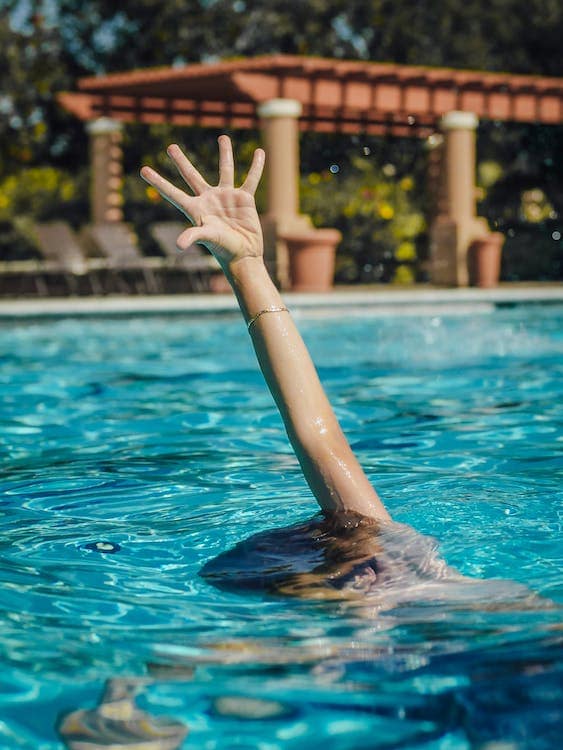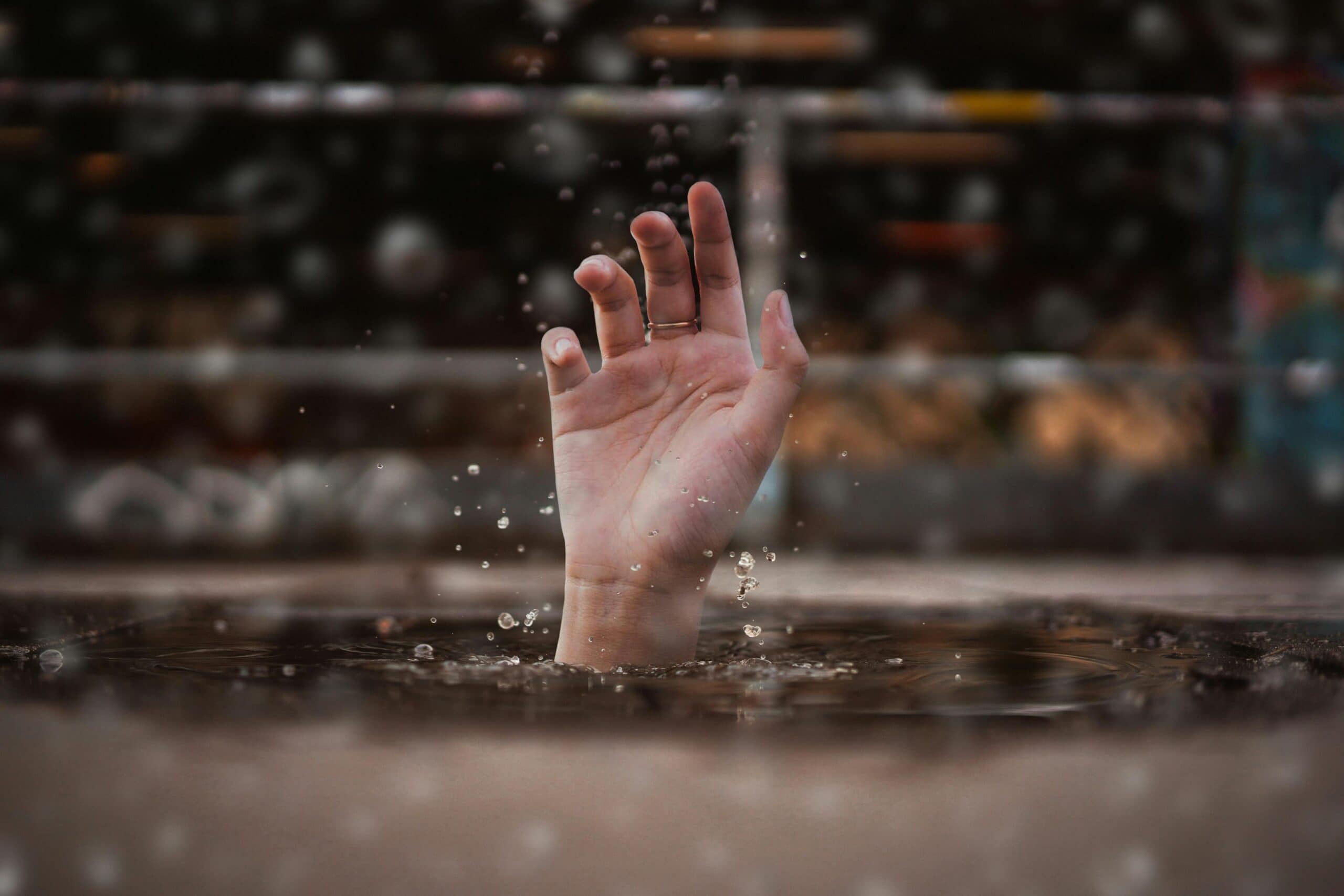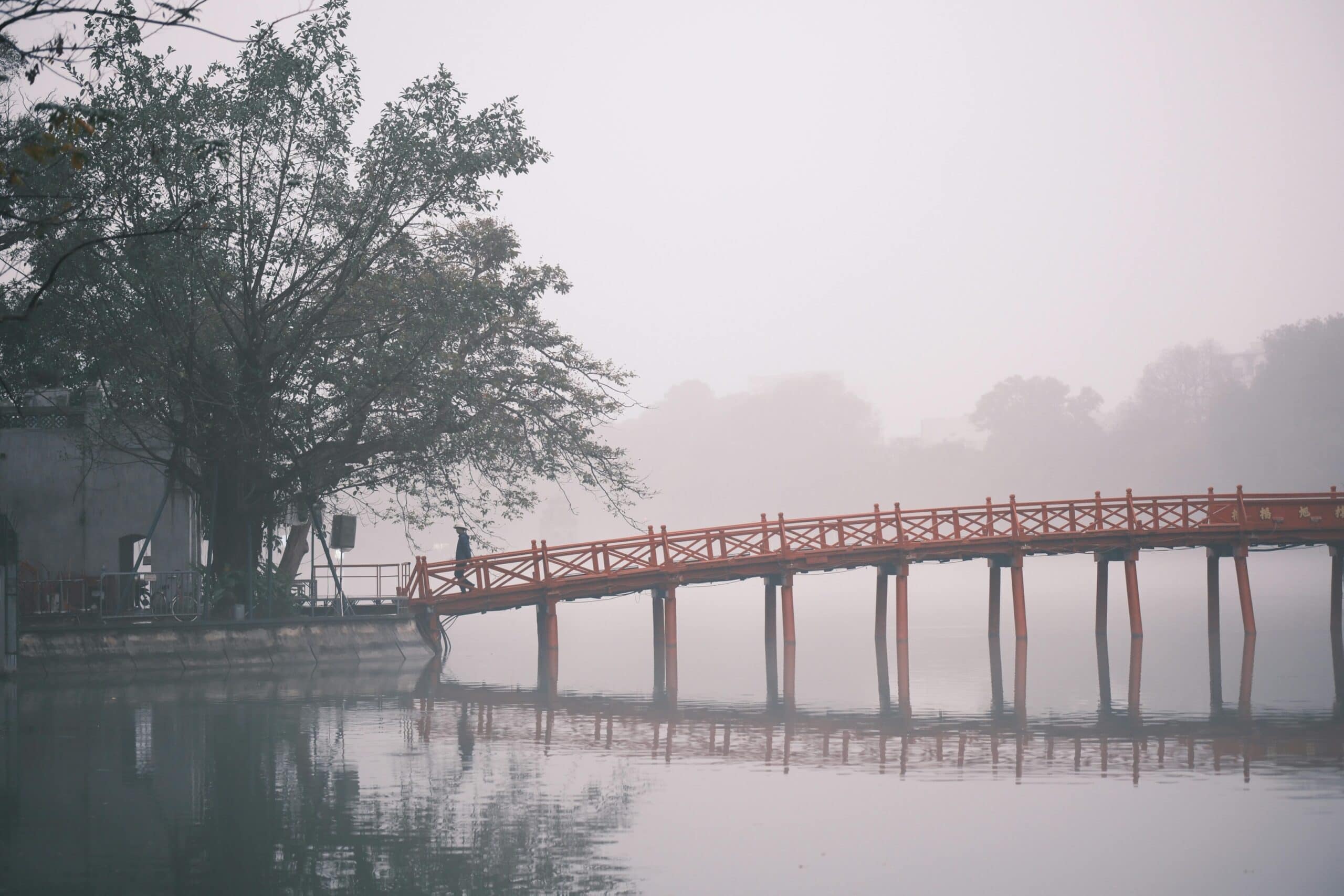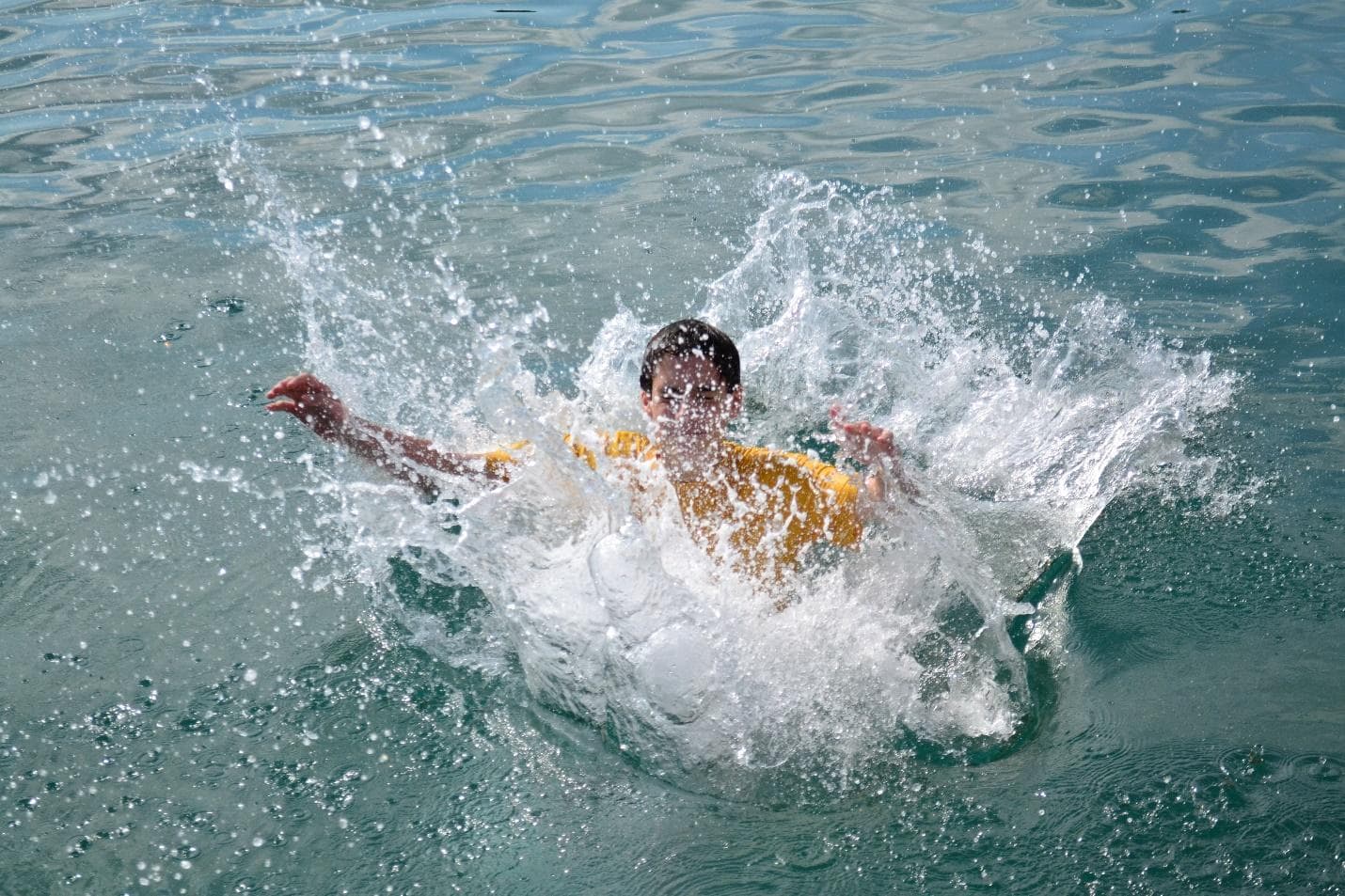Photogrammetry has numerous applications when it comes to proving personal injury claims and has been a bone of contention for many plaintiffs. In particular, photogrammetry can be used to reconstruct various objects and environments involved in the scene of a drowning accident.
Let’s take a look at how photogrammetry can be used in analyzing drowning investigations.
Reconstructing the Accident Scene
Accident scenes may be reconstructed through the use of photogrammetry by developing accurate 3D renditions of the environments and objects that caused the incident. This is especially true when it comes to establishing causes of drowning incidents, where position, perspective, and distance are of pertinent importance.
Note that reconstruction of accident scenes through photogrammetry is only possible if a large number of photos are taken. This can allow our personal injury lawyers in Denver to make a compelling case.
Moreover, photogrammetry can also be used for preparing or taking measurement data after the drowning investigation has already been concluded.
This can be extremely important because it may be months before an investigator can revisit the scene and uncover new pieces of evidence that could change the trajectory of the case.
In fact, by enhancing visualization, photogrammetry evidence can allow courts to make accurate early-stage decisions. These decisions are based on exact measurements instead of estimates, allowing you to get the best possible compensation for your drowning injury.
Is Photogrammetry Evidence Admissible in Courts for Proving Personal Injury Claims?
As long as you do it right with the help of professional Denver personal injury lawyers, you should not encounter any difficulty with court acceptance of your photogrammetric evidence.
In fact, the information from photogrammetry at drowning sites has been shown to be very accurate when obtained by a trained photographer. The procedure itself isn’t new and has been around for decades. You might think that the procedure is extremely expensive and requires sophisticated tools, however, most of these tools are very accessible and relatively affordable.
Most photogrammetric tools are easy to use by both experts and non-experts alike. However, the most important aspect of photogrammetry is the pictures themselves. Forensic investigators must acquire sufficient overlapping pictures of all parts of the drowning scene, allowing the program to triangulate the points and produce 3D models of the location.
This data can then be used to provide causes in personal injury cases in Denver courtrooms.
Quick Tips for Photogrammetry-Ready Photos
- The investigator arrives at the accident scene with their camera (a high-quality professional DSLR camera with a fixed lens)
- The investigator may place evidence markers throughout the area to make their processing work easier.
- The investigator also takes photographs from various angles and distances, with some photographs overlapping with the scene, including closer shots to isolate specific subjects.
- At night or in dark conditions, a powerful flashlight should be used to fully capture as many details as possible.
- The officer also takes a scale measurement with their tape measure
- The overall process should be quick and done within a few minutes instead of hours
- The digital photographs and any accompanying information can then be used to create an accurate 3D model.
The Rules for Photogrammetric-Ready Images
There are a few rules that must be followed when producing images for use with photogrammetry.
- Consistency: Photos of the scene of the accident should be taken with the same camera, lighting conditions, and zoom.
- Angles: Multiple photographs should be taken from different angles to show various perspectives.
- Reference: There must be objects in the photos that can be used as a reference for making accurate measurements.
- Distinguishable features: All important objects in the pictures, as well as their typical features, should be easily visible in the photos, with at least 2 or 3 photos showing each feature.
- Size: The important objects must be large enough relative to the entire photo
If the photographer follows these practices, they should be able to produce photogrammetric-ready images. However, it must be noted that each drowning investigation is different, and its requirements may vary. For best results, we recommend consulting with our experienced drowning accident lawyers in Denver, Colorado.
Wrapping Up
Photogrammetry isn’t a novel concept and has existed for decades. It has become an essential tool for personal injury cases and for proving causes in drowning investigations.
Moreover, the evidence itself isn’t time-sensitive, so the investigating officer can always return to their work at any time and still have access to all the data they need. The evidence is less intrusive and allows you to preserve the drowning scene for a long period of time.
Have you or someone you know been a victim of a drowning-related injury? It’s important to speak to an experienced drowning accident lawyer in Denver at the earliest. Speak to Bourassa Law Group at 800-870-8910 and schedule a consultation today!





